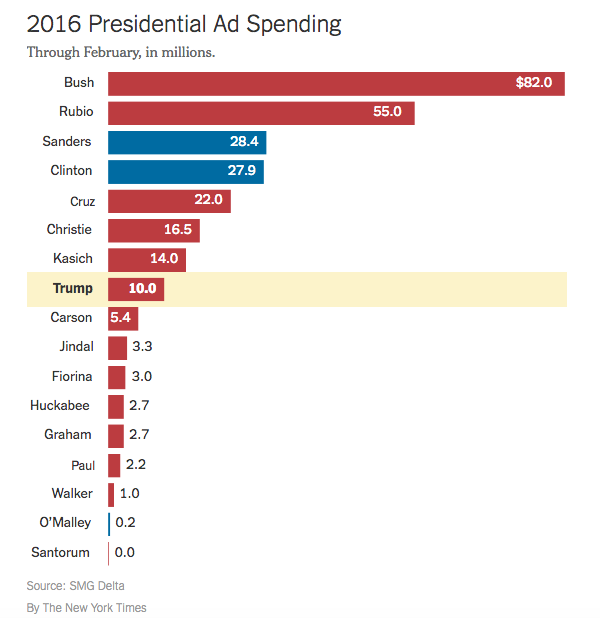Client Guest Blog
By Renee Grubb, owner of Village Properties
(Image from www.unitetolight.org)
Sometimes it’s the little things that can make life easier for people and lift us up. Here in the United States, we take for granted that little light switch on the wall. When you flick that switch, light immediately comes on in the room.
What if you flicked that switch – and nothing happened? You’d be in the dark from dusk to dawn unless you had candles or a flashlight on hand. Without electric lights it would be a challenge to do everyday things we enjoy after hours, from reading and studying to cooking and crafting.
The development of solar energy to provide light for those who don’t have ready access to electricity is a brilliant concept and one that is helping people in poor and developing nations immensely. In an effort to support this movement using solar lights, Village Properties is supporting a wonderful non-profit organization based in Santa Barbara called Unite to Light, which sells and donates small, renewable, solar-powered lamps called Luke Lights to those in need worldwide.
The lamps, developed at UCSB, come with a charger and have helped many people around the world. In countries where electricity is lacking, school children use these lightweight lights so they can read and do schoolwork at night, leading to an increase in education levels in places where education is so important. In the United States, homeless children living in their cars use them to do their homework at night. They also have been distributed to victims of natural disasters including Puerto Ricans left without power after Hurricane Maria.
Globally, the lack of electricity is a major problem and it especially hurts students who lack light to study at night. Unite to Light says that over 1 billion people live without electricity. The Luke Lights solve a big problem with a low cost so people who have to burn kerosene lamps or use candles. The Luke Light is $20 and the charger is $50. For every set purchased, Unite to Light donates a set to someone in need.
Please take a look at Unite to Light’s website, www.unitetolight.org, and support this great program. Buy one to take camping, buy some for a charity project, purchase a few for your emergency kit, or donate some for a community service project. Please join Village Properties in lighting the way out of poverty and bringing a bright idea to those who need it the most.
























